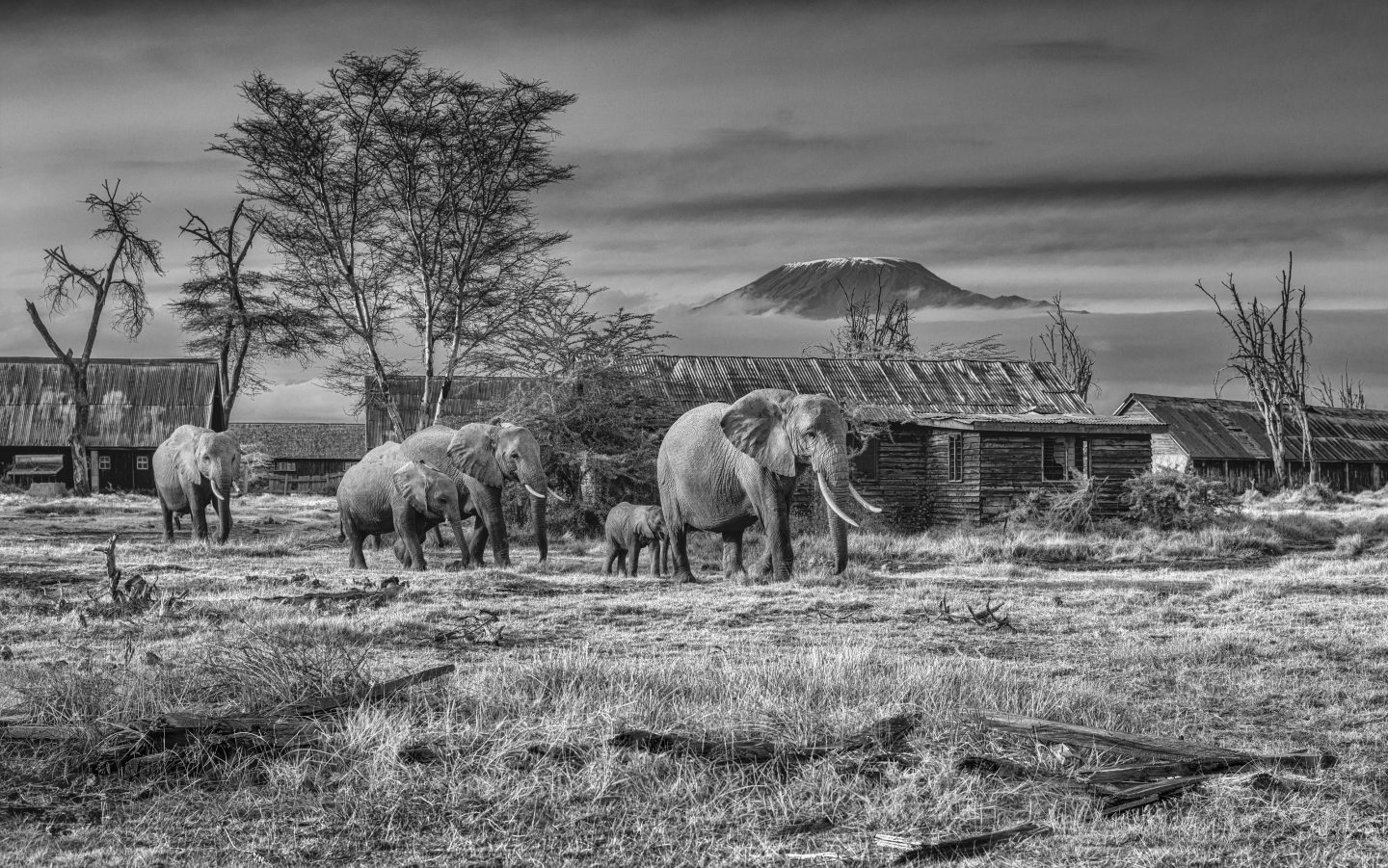
All eyes are on the governments of almost 200 nations assembling this week for the 26th Conference of the Parties (COP26) to the United Nations Framework Convention on Climate Change.
In the run-up to COP26, one term has recently been getting particular attention among policymakers, corporations and international conservation organisations: nature-based solutions (NBS). Nature-based solutions are activities that work with nature to address societal challenges, climate change and biodiversity loss simultaneously. Examples range from tree planting to restoration of degraded lands, to improved soil or coast management.
The majority of the world’s nations have committed to implementing them in some form to address the causes and consequences of climate change, and there have been major funding pledges from the private sector.
This is to be welcomed as a means to repair the damage done to natural ecosystems. A rapidly growing evidence base demonstrates that well-designed NBS can deliver multiple benefits (or “ecosystem services”) such as:
- Flood control
- Preventing soil erosion
- Increasing soil fertility
- Regenerative food production
- Increased carbon sequestration
- Water purification
- Water-table replenishment
- Restored fisheries
- Waste management
- Pollutant removal
- Pollination
- Buffering extreme weather events
- Pest and disease regulation
- Species protection.
In short they can contribute to solving several problems at once, but only if they are done properly, in a way that protects and restores intact ecosystems with as close to their full suite of species as possible.
Much of the recent focus has been on tree planting for carbon sequestration. However, purely planting trees does not necessarily equate to establishing a healthy forest with the complex functional web of interactions between species to deliver the required impact. If poorly managed, inappropriate or planted in the wrong place, it can even do more harm than good.
Highly diverse and complex ecosystems are more resilient to environmental changes and impacts such as storms, droughts, invasive species and disease. They can adapt to changing environmental conditions, buffer ecosystems against disturbance and extreme events such as fires, pests and diseases, and produce the range of ecosystem services that humans rely on. For example, high coral reef fish diversity (which can be enhanced by establishing marine protected areas) correlates with high fish numbers, while high soil biodiversity correlates with increased crop yields and reduced pests.
This includes the conservation and restoration of large wild animals. Wildlife has long been regarded as something we conserve because we like it and feel it has an intrinsic right to exist. These are very valid reasons however it leads some to view wildlife as an optional extra, a “nice to have”, almost an expensive luxury that must be set against human development.
I’m pleased to say this attitude is changing. Research is demonstrating that protecting, restoring, or introducing large animals increases species diversity and ecosystem complexity, not only through their presence, but also through their impacts on vegetation and other species. By disturbing vegetation and soil, large wild animals can create microhabitats that allow new species to establish, facilitating landscape-scale resilience and adaptation to change. Their impacts on vegetation influence the fire regime, soil fertility and the sequestration of carbon in soils. They also play an important role in seed dispersal and germination (particularly for large-seeded fruit species) and in the availability and cycling of nutrients.
There are myriad specific examples demonstrating the impact of wildlife on carbon. It has been found, for instance, that conserving wildlife is key to the ability of tropical forests to store carbon. The loss of wildlife also reduces forests’ carbon storage capacity by altering the structure and species composition of the ecosystem. It means that satellite images of forest coverage alone are not necessarily indicative of ecosystem intactness and the ability of that forest to function.
In the oceans it has been proposed that whales impact carbon dioxide emissions in at least two ways. The carbon in their bodies is sequestered away from the atmosphere when they die and stored deep in the ocean. Their faeces and urine fertilise the ocean leading to phytoplankton blooms that capture large quantities of carbon dioxide, claimed by one IMF report to be equivalent to the amount of carbon dioxide captured by four Amazon forests.
Large wild animals require large interconnected areas. Protecting them indirectly protects the many other species that make up the ecological community of their habitat.
Successful NBS have been those that use integrated approaches across whole landscapes to conserve, restore and sustainably work with nature through long-term multi-stakeholder partnerships. These combine science with local and traditional knowledge, and use participatory approaches that ensure strong community ownership and engagement, to ensure they endure into the future. They are biodiversity based and explicitly designed to reverse the decline of the natural world, thought to be at least as big a crisis as climate change.
Centuries of overexploitation have created the perception that humanity is somehow distant and disconnected from nature, when in reality we are deeply dependent on nature’s health to safeguard our own. It’s time we recognise that humanity and nature are one community with a shared future. Recognising that humanity and nature are one community with a shared future helps us understand the need to achieve societal goals – such as coping with climate change – through aligning human systems with nature rather than in conflict with it.
Dr Susan Canney is a Research Associate specialising in conservation biology within Oxford University’s Department of Zoology, and the Director of the Tusk-supported Mali Elephant Project (an initiative of WILD Foundation and ICFC). She has been a Trustee since 2014 and is a judge for the Tusk Conservation Awards.
Image credit: David Yarrow.
